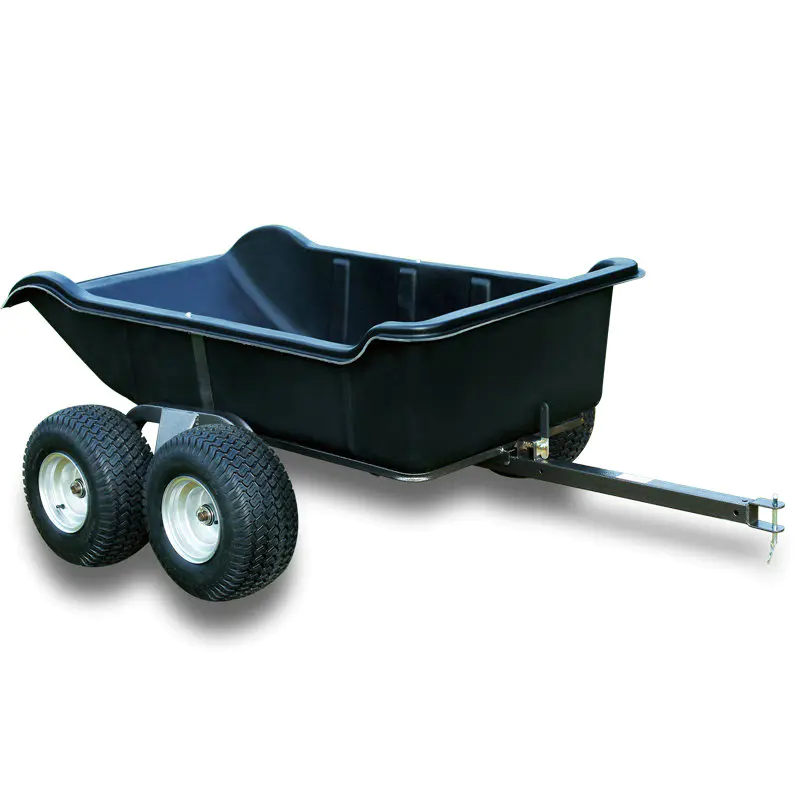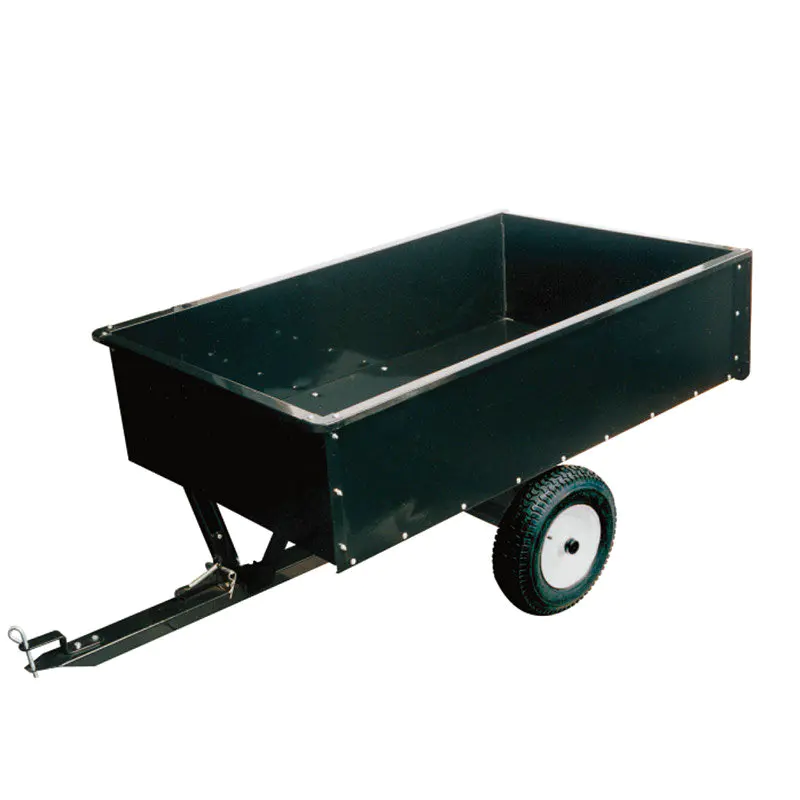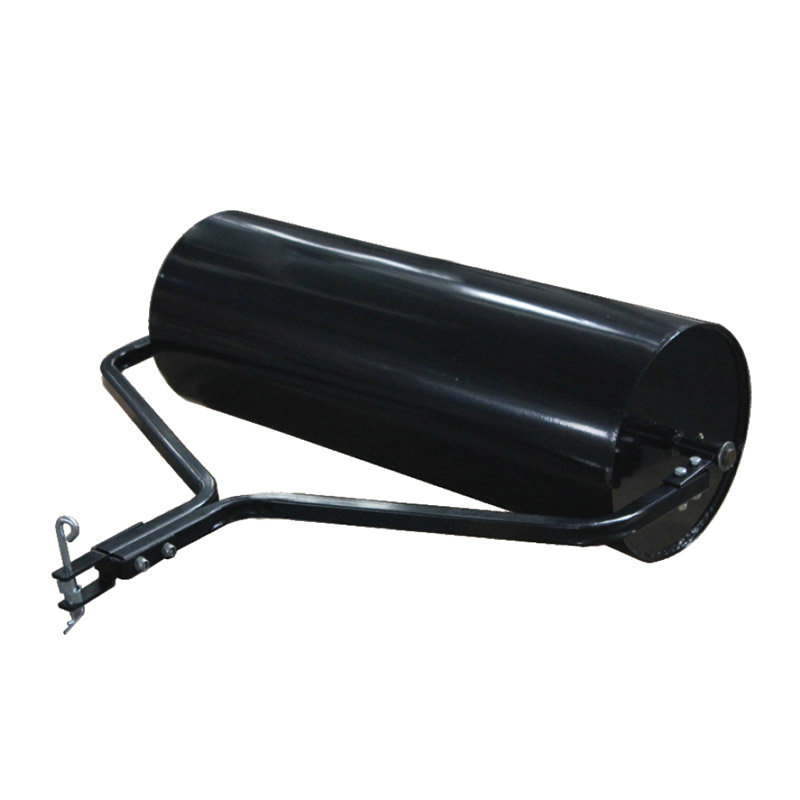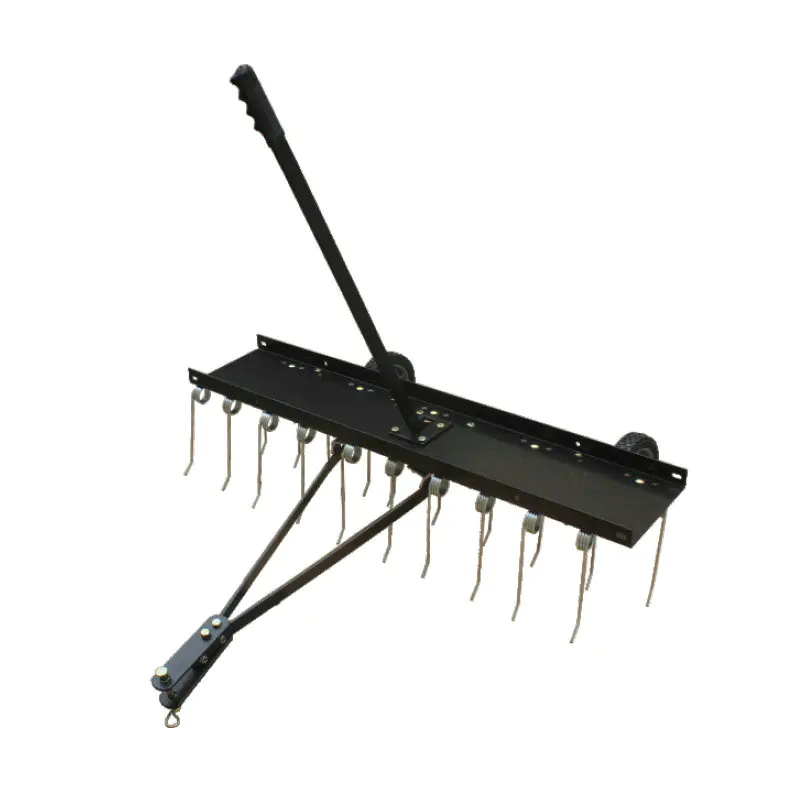2. Log Capacity and Length: Log splitters come in various sizes, and the log capacity and length they can accommodate are essential considerations. The log capacity refers to the maximum diameter or width of logs that the splitter can handle. Similarly, the maximum log length indicates the length of logs that can be safely and effectively split. It is crucial to choose a log splitter with a capacity and length that align with the size of logs typically encountered in the wood processing operation.
3. Power Source: Log splitters can be powered by different sources, including gas engines, electric motors, or hydraulic systems. Each power source has its advantages and considerations. Gas-powered log splitters provide greater mobility and independence from a power source but may require regular maintenance and fuel refills. Electric log splitters are generally more compact, emit less noise, and require minimal maintenance, but they rely on a nearby power outlet. Hydraulic log splitters offer high power and efficiency but require a power source such as a tractor's hydraulic system. Choosing the appropriate power source depends on factors such as the availability of power, portability requirements, and the specific needs of the wood processing operation.
4. Cycle Time and Speed: The cycle time of a log splitter refers to the time it takes to split a log and return to its original position for the next splitting cycle. A shorter cycle time allows for faster processing and increased productivity. Log splitters with faster cycle times are particularly beneficial when dealing with large volumes of logs. However, it is essential to strike a balance between cycle time and safety, as overly fast cycle times can compromise operator safety.
5. Safety Features: Safety is a paramount consideration when selecting a log splitter. Look for models that incorporate essential safety features such as two-handed operation, automatic ram retraction, and safety shields to prevent accidental injuries. Safety mechanisms should be robust and well-designed to protect operators during the splitting process.
6. Portability and Maneuverability: The portability and maneuverability of a log splitter are crucial, especially for applications where logs need to be split in different locations. Consider factors such as weight, wheel size, towing capabilities, and ease of maneuvering when choosing a log splitter. Portable log splitters equipped with sturdy wheels or tow hitches allow for easy transportation between job sites.


 see more
see more
 see more
see more
 see more
see more
 see more
see more


